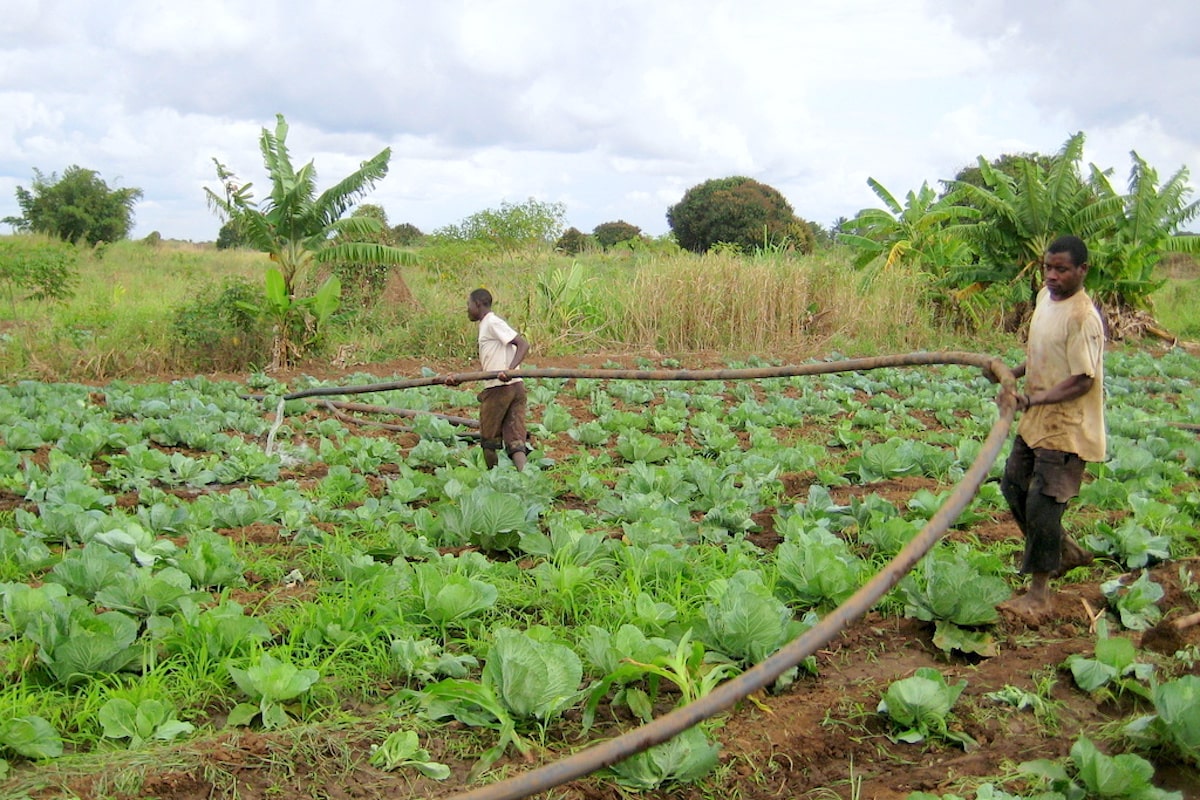Remote sensing for irrigation in sub-Saharan Africa: Promises and pitfalls
- From
-
Published on
08.06.21
- Impact Area

There is growing demand for sustainable development policy that is data driven, but our unprecedented and increasing capacity to generate large volumes of quantitative data also requires a much greater consideration of the ways these data are generated and interpreted. This, after all, determines if and how newly generated data are harnessed by policy and with what effects.
The growing use of remote sensing to detect the extent and location of irrigation in sub-Saharan Africa is a case in point. Since the 2007/08 food price crisis there has been a renewed focus on investment in sub-Saharan Africa’s agricultural sector. Irrigation has either returned to or newly entered the portfolios of many development agencies, promoted as a key component of Africa’s agricultural development. There is, however, widespread debate regarding what is ‘the right irrigation’ development pathway for the continent, and notably the place smallholders have in shaping rural transitions.
Photo credit: JP Venot
Related news
-

ICRISAT’s Solar-Powered Water Hyacinth Harvester Recognized Among India’s Top 100 Innovations of 2025
International Crops Research Institute for the Semi-Arid Tropics (ICRISAT)18.11.25-
Environmental health
-
Poverty reduction, livelihoods & jobs
ICRISAT's Novel Solar-Powered Water Hyacinth Harvester has now earned a place in the prestigious To…
Read more -
-

Australia partners with International Livestock Research Institute to upskill researchers from Africa and Asia
International Livestock Research Institute (ILRI)13.11.25-
Food security
-
Poverty reduction, livelihoods & jobs
Australia has joined forces with the International Livestock Research Institute (ILRI) to support th…
Read more -
-

Next-gen rice lines top check varieties at 7.5 t/ha in ESA
International Rice Research Institute (IRRI)11.11.25-
Food security
MOROGORO, Tanzania (8 October 2025) — Elite rice lines are outperforming the current popular varie…
Read more -
